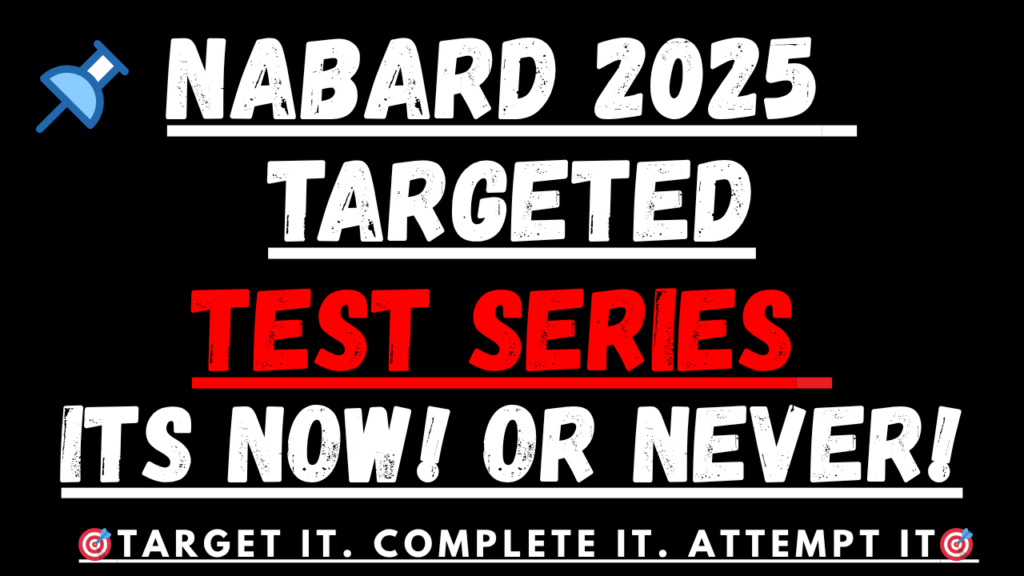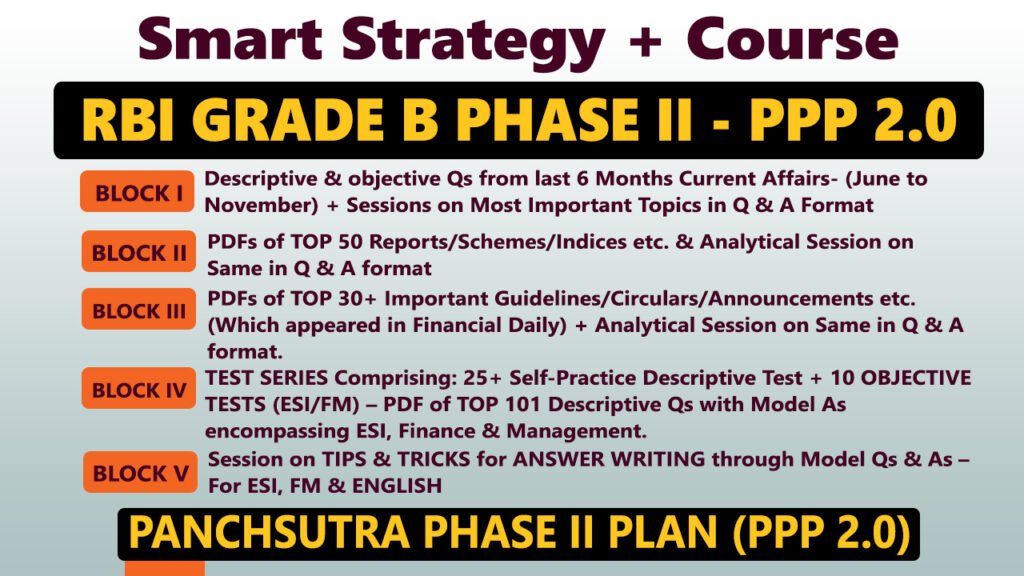Got Questions? We’ve Got Answers!
📚 Whether it’s about exams, career advice, or daily doubts, don’t hesitate—ask away!
💡 Your Learning Partner Is Just a Click Away!
👉 Click here to Ask Your Question Now and get clear, reliable answers from experts.
Daily Current Affairs
10 January, 2025
1. Which bacterial organism causes Tuberculosis?
(a) Streptococcus pneumoniae
(b) Mycobacterium tuberculosis
(c) Plasmodium falciparum
(d) Vibrio cholerae
(e) Escherichia coli
Answer: (b) Mycobacterium tuberculosis
Explanation: Tuberculosis is caused by Mycobacterium tuberculosis, a contagious bacterial infection primarily affecting the lungs but capable of spreading to other parts of the body.
2. What is the primary objective of the National Tuberculosis Elimination Program (NTEP)?
(a) Provide free TB medicines worldwide.
(b) Eradicate TB in India by 2025.
(c) Reduce poverty caused by TB by 2030.
(d) Ensure 100% TB vaccination by 2027.
(e) Eliminate drug-resistant TB by 2024.
Answer: (b) Eradicate TB in India by 2025.
Explanation: The NTEP aims to eliminate TB in India by 2025, five years ahead of the global target. The program emphasizes early detection, free treatment, and nutritional support.
3. Which of the following is a major challenge in the fight against tuberculosis in India?
(a) Lack of antibiotics for TB treatment
(b) Increasing cases of drug-resistant TB (DR-TB)
(c) Decline in public awareness about TB
(d) Reduction in government funding for TB programs
(e) Shortage of healthcare workers
Answer: (b) Increasing cases of drug-resistant TB (DR-TB).
Explanation: Drug-resistant TB, including MDR-TB and XDR-TB, poses significant hurdles in TB elimination due to prolonged treatment regimens and limited drug efficacy.
4. Under the revised poverty estimates (2023-24), what is India’s overall poverty rate?
(a) Below 10%
(b) Below 5%
(c) 15%
(d) 20%
(e) 25%
Answer: (b) Below 5%.
Explanation: As per SBI’s report, overall poverty in India dropped below 5%, with rural poverty at 4.9% and urban poverty at 4.1%, marking significant progress since 2011-12.
5. What is the role of GPUs in India’s AI mission?
(a) Enhance agricultural productivity.
(b) Strengthen cybersecurity measures.
(c) Boost AI and ML computational power.
(d) Reduce electronic waste.
(e) None of the above.
Answer: (c) Boost AI and ML computational power.
Explanation: Under IndiaAI Mission, 20,000 GPUs were deployed to improve computational capacity for artificial intelligence and machine learning applications in India.
6. Which country is India collaborating with for exploring copper and coking coal resources?
(a) Russia
(b) Australia
(c) Mongolia
(d) South Africa
(e) Brazil
Answer: (c) Mongolia.
Explanation: India has signed an MoU with Mongolia to explore resources like copper, coking coal, and uranium, reducing dependency on traditional suppliers.
7. What is the primary objective of the One-Time Amnesty Scheme for customs disputes?
(a) Encourage new businesses to comply with customs regulations.
(b) Reduce litigation and settle pending disputes.
(c) Increase penalties for non-compliance.
(d) Enhance imports of precious metals.
(e) Establish new customs regulations.
Answer: (b) Reduce litigation and settle pending disputes.
Explanation: The scheme resolves long-pending customs disputes by settling base duty issues without penalties, modeled on the Vivad Se Vishwas scheme.
8. What is the target growth rate for South Asia in 2025 as per the UN economic report?
(a) 4.5%
(b) 5.7%
(c) 6.1%
(d) 6.6%
(e) 7.0%
Answer: (b) 5.7%.
Explanation: The UN economic report projects South Asia’s growth rate at 5.7% in 2025, with India contributing significantly due to infrastructure and industrial investments.
9. What system transition improved accuracy in India’s import data for precious metals and electronics?
(a) GST system
(b) ICEGATE system
(c) e-Way Bill system
(d) Digital India portal
(e) UPI system
Answer: (b) ICEGATE system.
Explanation: The adoption of the ICEGATE system enhanced accuracy in import reporting, revising figures for gold and electronics imports.
10. What are the key features of unsecured loans?
(a) No collateral required, higher interest rates.
(b) Secured against fixed assets.
(c) Long approval process and lower interest rates.
(d) Restricted to corporate borrowers.
(e) Low default risks.
Answer: (a) No collateral required, higher interest rates.
Explanation: Unsecured loans, such as personal loans and credit cards, do not require collateral but carry higher interest rates and strict eligibility criteria due to increased default risks.



















